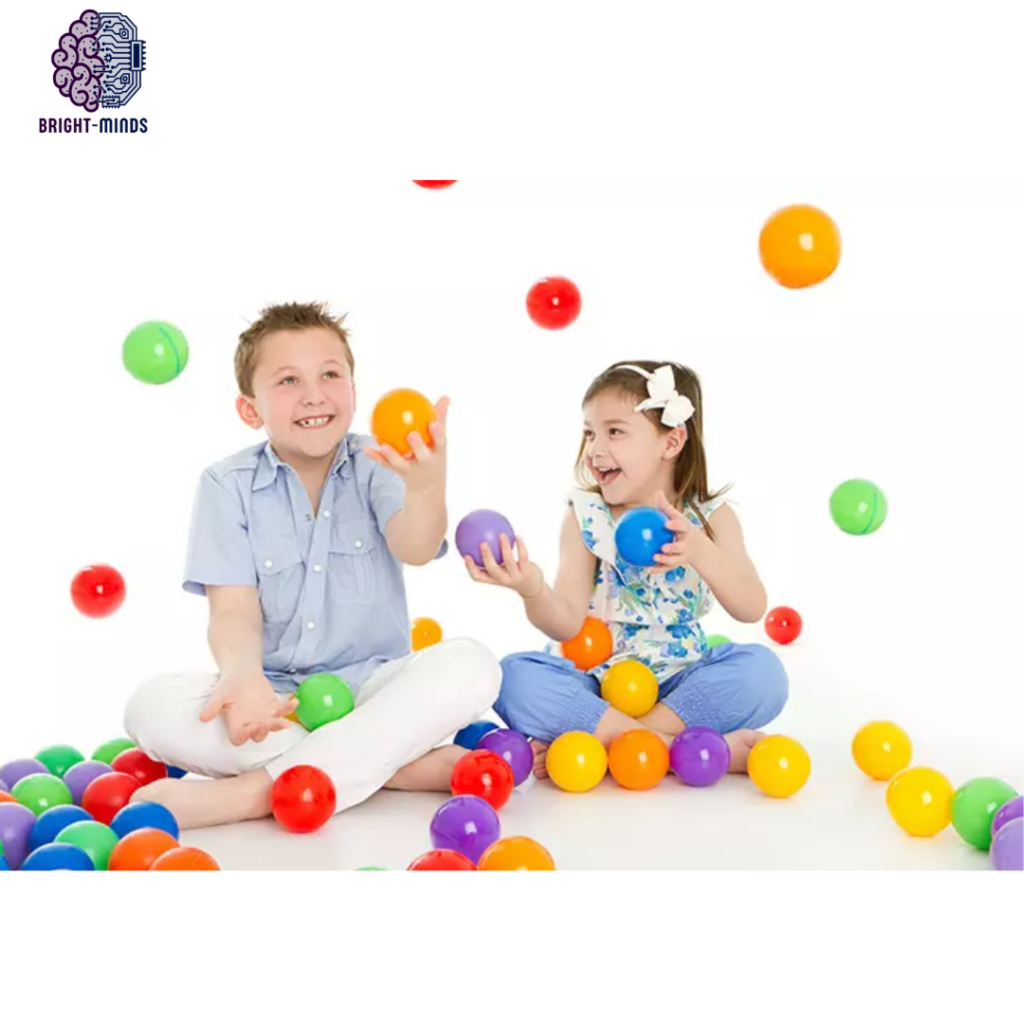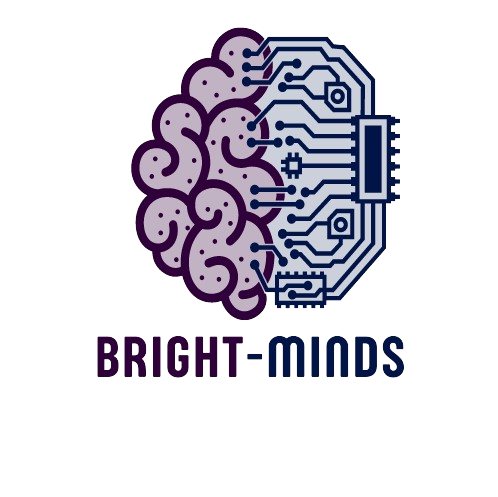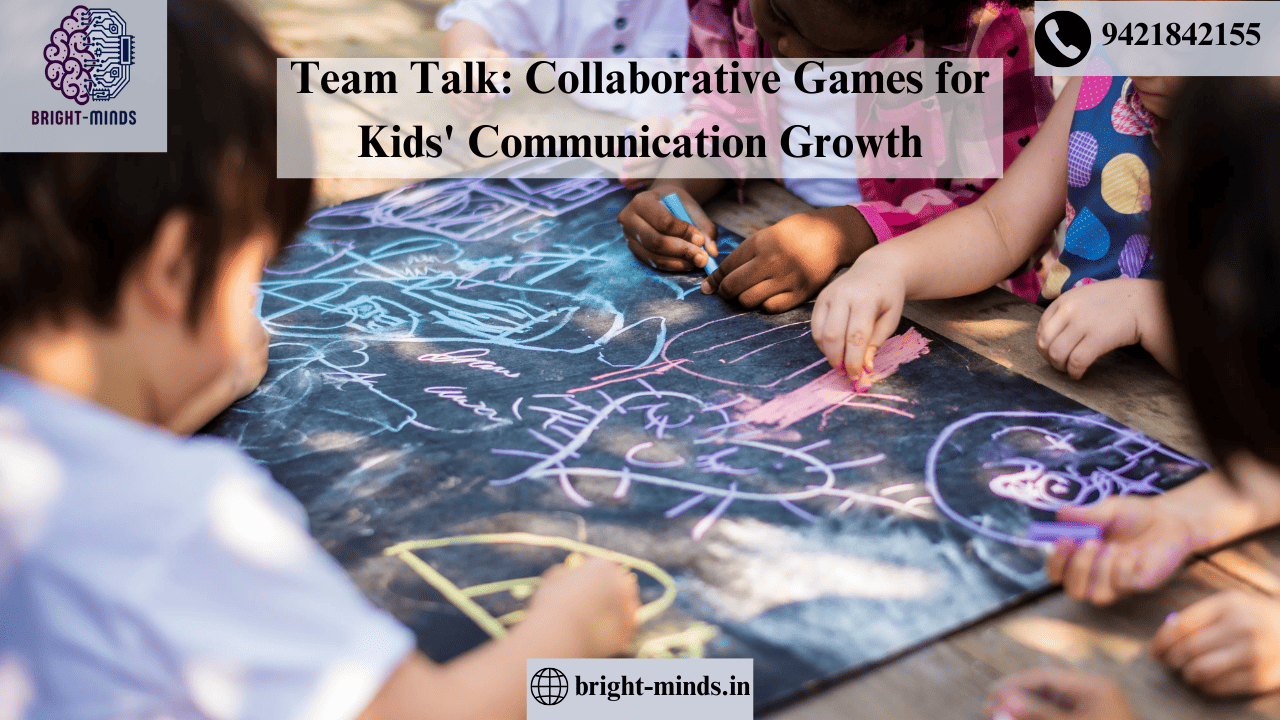Effective communication is the foundation of healthy relationships and personal development, especially for children. As kids grow and interact with peers, teachers, and family members, their ability to express themselves clearly and understand others becomes crucial for their success in both social and academic settings. One of the best ways to cultivate these skills is through collaborative games that focus on teamwork, problem-solving, and open communication.
Collaborative games are an excellent tool for helping kids improve their communication abilities, as they encourage children to work together toward a common goal. These games teach kids how to listen actively, share ideas, express their thoughts, and respect others’ opinions. Through play, kids not only build confidence in their communication skills but also strengthen their ability to cooperate and resolve conflicts.
In this blog, we’ll explore a variety of fun, interactive, and effective collaborative games designed to help kids grow their communication skills.

Why Collaborative Games Matter for Kids’ Communication
Collaboration is an essential skill that children will use throughout their lives—whether it’s in school group projects, family activities, or even in the workplace as adults. The ability to communicate clearly, work well with others, and understand various perspectives is key to building strong relationships and solving problems effectively.
For children, collaborative games offer a low-pressure environment where they can practice these skills in real-time. These games provide structured opportunities for kids to share ideas, negotiate with peers, and learn how to express themselves in ways that promote teamwork rather than competition. Through these experiences, children not only improve their communication skills but also gain an understanding of how their actions and words impact others.
Here are some fantastic collaborative games that will support your child’s communication growth:
1. The Communication Challenge
The Communication Challenge is an excellent game for enhancing verbal communication and active listening skills. This game encourages children to clearly explain their thoughts while practicing patience as they listen to others.
How to Play:
- Divide the children into pairs or small teams.
- Each team is given a simple object or picture (e.g., a drawing of an animal, a building, or a plant).
- One child describes the object to the other without showing it, while the other child listens carefully and attempts to draw it based on the description.
- After a set amount of time, compare the drawings to the original object and discuss how clear the descriptions were.
Benefits:
- Helps kids learn how to give clear instructions and provide detailed explanations.
- Encourages active listening, as the listener must pay close attention to details.
- Enhances patience and the ability to collaborate effectively.
2. Building Blocks Teamwork
This game fosters communication and teamwork by requiring children to collaborate in a hands-on, creative way. Kids must communicate their ideas clearly to build something together, teaching them the importance of listening and sharing ideas.
How to Play:
- Give each team a set of building blocks (such as LEGO bricks or wooden blocks).
- Assign a specific task, such as building a tower, a house, or a bridge.
- The team members must work together to plan their design and assign roles (e.g., one person builds while another organizes pieces).
- The challenge is for the team to communicate clearly and agree on a design that everyone is happy with.
Benefits:
- Develops teamwork and collaborative problem-solving.
- Encourages verbal communication as kids share ideas and give instructions.
- Promotes negotiation and compromise as children work toward a common goal.
3. Pass the Story
This game enhances creativity, listening skills, and verbal communication. It’s an excellent way for children to practice building on others’ ideas and creating something together.
How to Play:
- The group sits in a circle, and one child begins telling a story with just one sentence (e.g., “Once upon a time, there was a dragon who lived in a small village”).
- The next child adds a sentence to the story, building on what the previous child said.
- This continues until each child has contributed to the story, leading to a fun, collaborative narrative.
- At the end of the game, the group can read the full story aloud and reflect on the different contributions.
Benefits:
- Encourages creativity and imagination while helping children practice verbal communication.
- Promotes active listening as kids must pay attention to the previous parts of the story to build on them.
- Fosters a sense of teamwork as the group creates a unique and collaborative story.
4. Group Art Project
Creating art together fosters teamwork and helps children practice communicating visually. Group art projects teach children how to collaborate, share ideas, and express themselves through creative mediums.
How to Play:
- Provide a large piece of paper or canvas and a variety of art supplies (markers, crayons, paints, etc.).
- Ask the children to work together to create a group art project, such as a mural, a collaborative drawing, or a theme-based artwork.
- Encourage kids to discuss their ideas, plan together, and divide tasks based on what each child enjoys doing.
- After completing the artwork, ask the group to share the story or meaning behind their creation.
Benefits:
- Enhances creative thinking and expression.
- Teaches kids how to collaborate and respect others’ contributions.
- Builds communication skills as children discuss and plan their project.
5. Telephone Game (Chinese Whispers)
The Telephone Game is a fun way to demonstrate the importance of clear communication and active listening. It teaches children how easily messages can become distorted when they are passed along, highlighting the importance of accuracy in communication.
How to Play:
- The children sit in a circle, and one child whispers a message to the person next to them (e.g., “The cat is sleeping under the tree”).
- The message is passed around the circle, with each person whispering what they heard to the next person.
- The last person says the message aloud, and the group compares it to the original message. Often, the message changes significantly.
Benefits:
- Teaches the importance of clear communication and how messages can change.
- Encourages listening skills and attentiveness.
- Demonstrates how important it is to communicate clearly and check for understanding.
6. The Human Knot
The Human Knot is a physically active game that promotes teamwork, cooperation, and problem-solving. Children must communicate effectively to untangle themselves without letting go of each other’s hands.
How to Play:
- Have the children stand in a circle, and ask them to each grab the hands of two different people across from them (so they are holding hands with two different individuals).
- Without letting go of hands, the group must work together to untangle themselves and form a circle again.
- The challenge is to communicate clearly, plan the movements, and work together to solve the puzzle.
Benefits:
- Builds teamwork and collaboration through physical activity.
- Encourages problem-solving and communication in a fun, active way.
- Helps children develop patience and cooperation.
7. Pictionary
Pictionary is a classic drawing game that promotes teamwork and clear communication. Children must collaborate to convey a message or idea through pictures, helping them practice both visual and verbal communication.
How to Play:
- Divide the group into two teams.
- One player from a team draws an image based on a word or phrase (e.g., “dog” or “rainbow”) while their teammates try to guess what it is.
- The team has a time limit to guess correctly before the turn ends.
- The game continues until each team has had several turns to draw and guess.
Benefits:
- Enhances creativity and the ability to communicate visually.
- Encourages teamwork as children work together to guess the drawing.
- Teaches how to express complex ideas in simple, visual forms.
8. Cooperative Scavenger Hunt
A scavenger hunt is an engaging and collaborative way for kids to practice teamwork, communication, and problem-solving. Working together to find hidden objects encourages children to listen to one another and share ideas.
How to Play:
- Prepare a list of items for the scavenger hunt (e.g., a red leaf, a pencil, a toy car).
- Divide the children into small teams and give each team the same list.
- The teams work together to find all the items on the list, using their communication skills to coordinate their efforts.
- The first team to find all the items and return to the starting point wins.
Benefits:
- Fosters teamwork and communication as kids work together to achieve a common goal.
- Enhances problem-solving and critical thinking skills.
- Encourages physical activity and cooperation in a fun, outdoor setting.
Conclusion
Collaborative games are not only enjoyable but also essential tools for helping kids develop effective communication skills. By working together on shared tasks, children learn how to listen actively, express their ideas clearly, and respect the contributions of others. Whether it’s through creative activities like art and storytelling or problem-solving games like scavenger hunts and the human knot, collaborative games provide an opportunity for kids to practice essential social and communication skills in a fun and engaging way.
As children continue to grow, these skills will serve them well in school, friendships, and later in life. By incorporating these games into your daily routine, you can help your child become a confident and effective communicator, ready to thrive in any team-based environment.
you may be interested in this blog here:-

